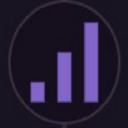-
 bitcoin
bitcoin $111145.080499 USD
0.75% -
 ethereum
ethereum $3928.989005 USD
1.66% -
 tether
tether $1.000226 USD
-0.02% -
 bnb
bnb $1108.209329 USD
-2.26% -
 xrp
xrp $2.545944 USD
6.36% -
 solana
solana $193.960655 USD
0.72% -
 usd-coin
usd-coin $1.000128 USD
0.02% -
 dogecoin
dogecoin $0.199304 USD
2.23% -
 tron
tron $0.297908 USD
-4.88% -
 cardano
cardano $0.656962 USD
2.13% -
 hyperliquid
hyperliquid $39.225782 USD
-1.92% -
 chainlink
chainlink $17.897108 USD
2.99% -
 ethena-usde
ethena-usde $0.999354 USD
-0.02% -
 stellar
stellar $0.321154 USD
3.36% -
 bitcoin-cash
bitcoin-cash $505.299839 USD
5.10%
What is the best timeframe to use with the VWAP indicator?
VWAP combines price and volume to help traders identify intraday trends, with the 5-minute chart offering optimal balance for crypto trading signals.
Oct 15, 2025 at 11:37 pm
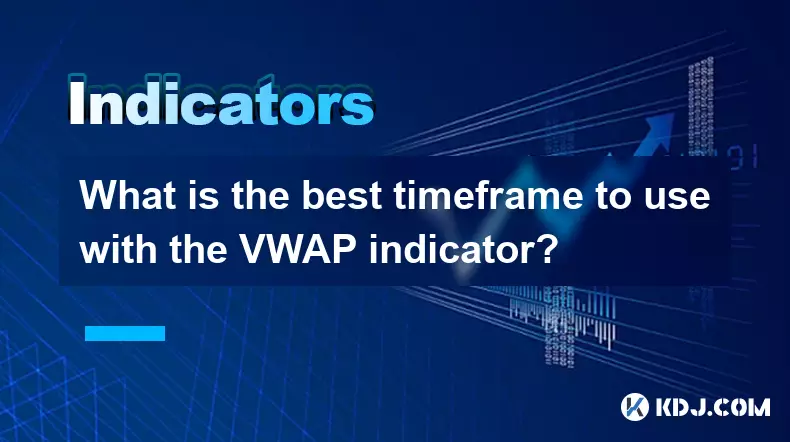
Understanding VWAP and Its Role in Trading
1. The Volume Weighted Average Price (VWAP) is a trading benchmark that represents the average price a cryptocurrency has traded at throughout the day, based on both volume and price. It is commonly used by traders to assess market trends and determine potential entry and exit points.
2. Unlike simple moving averages, VWAP accounts for volume, making it more accurate in reflecting true market sentiment. This makes it especially useful in highly volatile markets like the cryptocurrency space, where sudden spikes in volume can distort traditional indicators.
3. Institutional traders often use VWAP to execute large orders without significantly impacting the market price. By aligning trades with VWAP, they aim to minimize slippage and achieve better average execution prices.
4. Retail traders have adopted VWAP for similar purposes, particularly in day trading scenarios. When price is above VWAP, it suggests bullish momentum; when below, it indicates bearish pressure. These signals help traders make informed decisions within short timeframes.
5. Because VWAP resets at the start of each trading session, it provides a fresh reference point daily. This characteristic makes it ideal for intraday strategies, especially when combined with other technical tools such as Bollinger Bands or RSI.
Optimal Timeframes for VWAP Application
1. The most effective timeframe for using VWAP in crypto trading is the 5-minute chart. This interval strikes a balance between noise reduction and responsiveness, allowing traders to capture meaningful price movements while filtering out minor fluctuations.
2. On the 5-minute chart, VWAP adapts quickly to changes in volume and price action, offering real-time insights into market direction. Traders can identify breakouts or reversals as they happen, improving timing for entries and exits.
3. Some traders prefer the 15-minute chart for slightly longer-term intraday positioning. While less sensitive than the 5-minute setup, it reduces false signals and works well during periods of consolidation or low volatility.
4. For scalpers operating in fast-moving environments, the 1-minute chart combined with VWAP can yield high-probability setups. However, this requires strict risk management due to increased market noise and rapid price swings common in digital assets.
5. Higher timeframes like the 1-hour chart are generally less effective for VWAP since the indicator loses its dynamic edge. On these charts, VWAP behaves similarly to traditional moving averages and fails to leverage its volume-based advantage fully.
Combining VWAP with Other Indicators
1. Pairing VWAP with the Relative Strength Index (RSI) enhances signal accuracy. When price crosses above VWAP and RSI moves out of oversold territory, it confirms bullish momentum with stronger conviction.
2. Using VWAP alongside Bollinger Bands allows traders to gauge volatility and potential reversals. If price touches the lower band and bounces toward VWAP, it may indicate accumulation and an upcoming upward move.
3. Adding a simple volume histogram helps confirm whether price movements near VWAP are supported by strong participation. A breakout above VWAP on high volume carries more weight than one on thin volume.
4. Traders who integrate VWAP with Fibonacci retracement levels often find high-precision entry zones, especially during pullbacks in strong trends.
5. Multi-timeframe analysis improves reliability. Observing VWAP alignment across 5-minute and 15-minute charts increases confidence in trade decisions, reducing exposure to misleading signals on a single timeframe.
Frequently Asked Questions
Q: Can VWAP be used effectively in sideways markets?A: Yes, but with caution. In ranging conditions, price oscillates around VWAP frequently. Traders should look for confluence with support/resistance levels or use VWAP as a mean-reversion tool rather than a trend-following signal.
Q: Is VWAP suitable for long-term crypto investing?A: Not typically. VWAP is designed for intraday use and resets daily. Long-term investors rely more on weekly or monthly moving averages and fundamental analysis rather than daily volume-weighted metrics.
Q: How does exchange data affect VWAP accuracy in crypto?A: Since crypto trades across multiple exchanges with varying volumes, VWAP calculated from a single exchange may not reflect the true global average. Aggregated data from several major platforms improves reliability.
Q: Does VWAP work well with leveraged trading?A: It can, provided traders account for funding rates and liquidation risks. VWAP helps identify favorable entry points, but leverage amplifies both gains and losses, so precise stop placement remains critical.
Disclaimer:info@kdj.com
The information provided is not trading advice. kdj.com does not assume any responsibility for any investments made based on the information provided in this article. Cryptocurrencies are highly volatile and it is highly recommended that you invest with caution after thorough research!
If you believe that the content used on this website infringes your copyright, please contact us immediately (info@kdj.com) and we will delete it promptly.
- Essex Post Office, 5p Coins, and King Charles: A Royal Mint Revelation!
- 2025-10-23 10:30:16
- Waymo's Newark Airport AV Tests: Alphabet's AI Gamble Pays Off?
- 2025-10-23 10:30:16
- King Charles 5p Coins: A Royal Flush in Your Pocket?
- 2025-10-23 10:35:18
- Solana, Crypto Advisory, and Forward Industries: A New York Minute on the Future of Finance
- 2025-10-23 08:51:22
- MAGACOIN: Ethereum Whales Dive into the Hottest Presale of 2025
- 2025-10-23 08:51:22
- Kadena's End of the Road? KDA Token Plummets Amid Project Abandonment
- 2025-10-23 08:55:34
Related knowledge
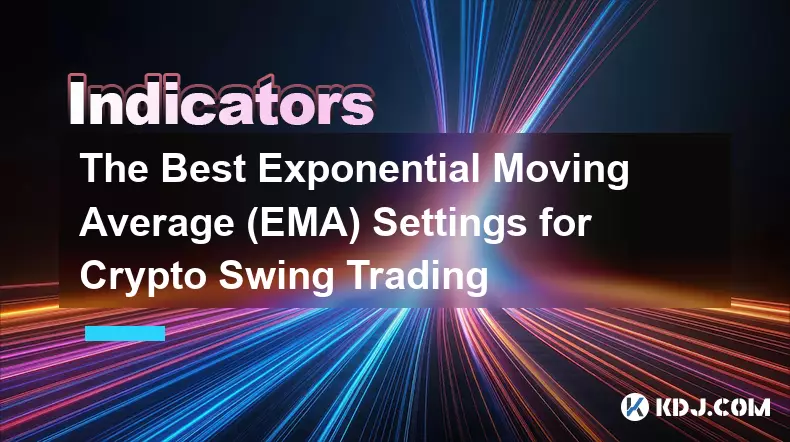
The Best Exponential Moving Average (EMA) Settings for Crypto Swing Trading
Oct 25,2025 at 04:55pm
The Best Exponential Moving Average (EMA) Settings for Crypto Swing TradingSwing trading in the cryptocurrency market relies heavily on identifying tr...
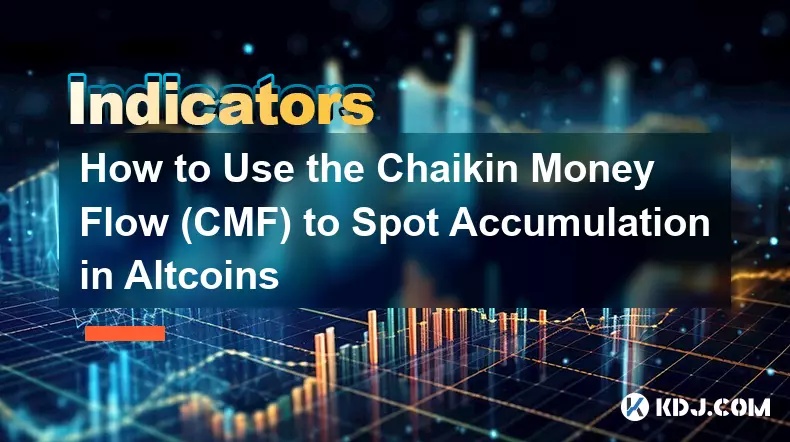
How to Use the Chaikin Money Flow (CMF) to Spot Accumulation in Altcoins
Oct 25,2025 at 08:18pm
Understanding Chaikin Money Flow in the Context of Altcoin Markets1. The Chaikin Money Flow (CMF) is a technical indicator developed by Marc Chaikin t...
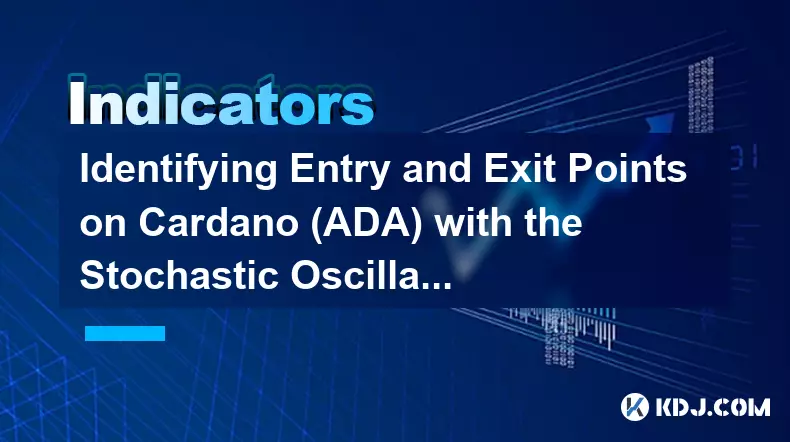
Identifying Entry and Exit Points on Cardano (ADA) with the Stochastic Oscillator
Oct 26,2025 at 01:01am
Understanding the Stochastic Oscillator in ADA Trading1. The stochastic oscillator is a momentum-based technical indicator widely used by traders anal...
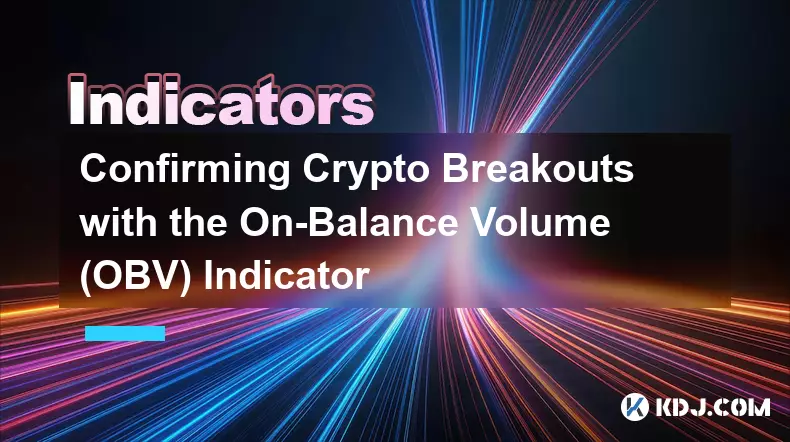
Confirming Crypto Breakouts with the On-Balance Volume (OBV) Indicator
Oct 25,2025 at 09:18pm
Understanding the On-Balance Volume (OBV) Indicator1. The On-Balance Volume (OBV) indicator is a cumulative measure that tracks the flow of trading vo...
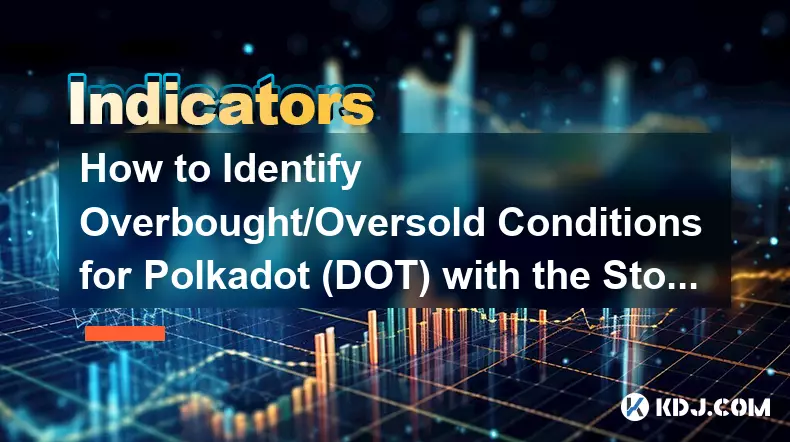
How to Identify Overbought/Oversold Conditions for Polkadot (DOT) with the Stochastic RSI
Oct 25,2025 at 04:01pm
Understanding the Stochastic RSI in Cryptocurrency Analysis1. The Stochastic RSI (StochRSI) is a momentum oscillator derived from the standard Relativ...
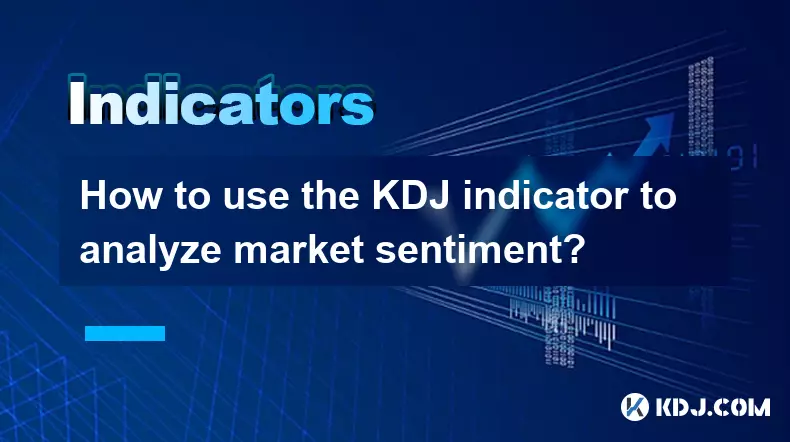
How to use the KDJ indicator to analyze market sentiment?
Oct 18,2025 at 07:18pm
Understanding the KDJ Indicator in Cryptocurrency Trading1. The KDJ indicator, also known as the Stochastic Oscillator, is a momentum-based technical ...

The Best Exponential Moving Average (EMA) Settings for Crypto Swing Trading
Oct 25,2025 at 04:55pm
The Best Exponential Moving Average (EMA) Settings for Crypto Swing TradingSwing trading in the cryptocurrency market relies heavily on identifying tr...

How to Use the Chaikin Money Flow (CMF) to Spot Accumulation in Altcoins
Oct 25,2025 at 08:18pm
Understanding Chaikin Money Flow in the Context of Altcoin Markets1. The Chaikin Money Flow (CMF) is a technical indicator developed by Marc Chaikin t...

Identifying Entry and Exit Points on Cardano (ADA) with the Stochastic Oscillator
Oct 26,2025 at 01:01am
Understanding the Stochastic Oscillator in ADA Trading1. The stochastic oscillator is a momentum-based technical indicator widely used by traders anal...

Confirming Crypto Breakouts with the On-Balance Volume (OBV) Indicator
Oct 25,2025 at 09:18pm
Understanding the On-Balance Volume (OBV) Indicator1. The On-Balance Volume (OBV) indicator is a cumulative measure that tracks the flow of trading vo...

How to Identify Overbought/Oversold Conditions for Polkadot (DOT) with the Stochastic RSI
Oct 25,2025 at 04:01pm
Understanding the Stochastic RSI in Cryptocurrency Analysis1. The Stochastic RSI (StochRSI) is a momentum oscillator derived from the standard Relativ...

How to use the KDJ indicator to analyze market sentiment?
Oct 18,2025 at 07:18pm
Understanding the KDJ Indicator in Cryptocurrency Trading1. The KDJ indicator, also known as the Stochastic Oscillator, is a momentum-based technical ...
See all articles





































































